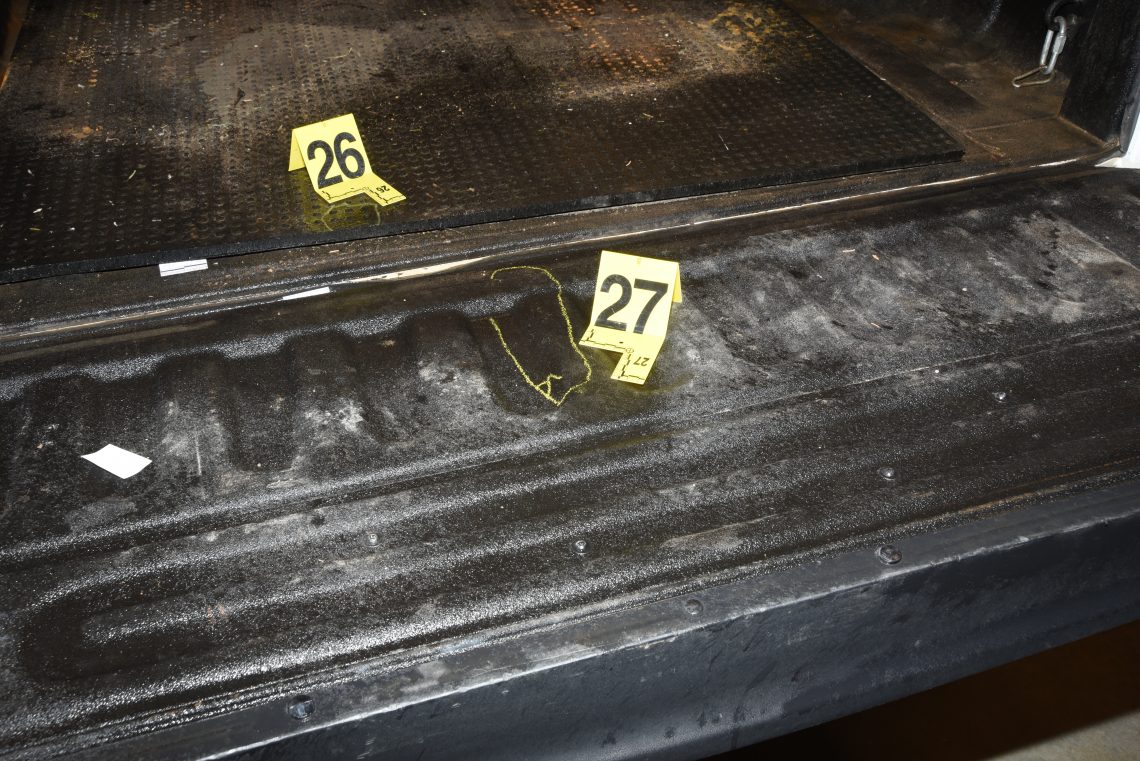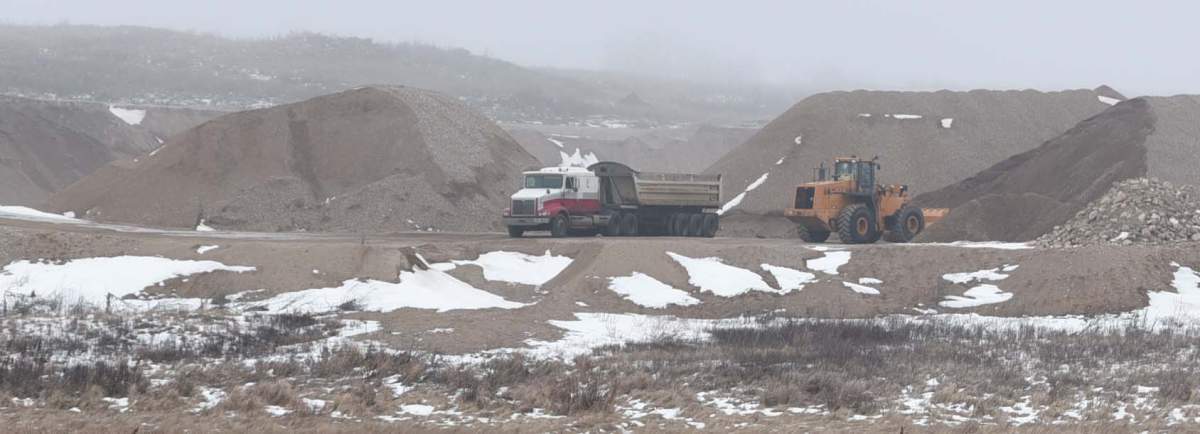A lawyer representing Greg Fertuck has put forward an alternate explanation for his client: Sheree Fertuck may be alive almost six years after she disappeared.

Defence lawyer Morris Bodnar raised the prospect Tuesday during the first-degree murder trial of 68-year-old Greg Fertuck in Saskatoon. He pointed to numerous factors, including that beyond a speck inside the tailgate of Greg Fertuck’s pickup truck, investigators have not found any blood connected to his estranged wife’s disappearance.
During his cross-examination of RCMP lead investigator Sgt. Tiffany Climenhaga, Bodnar also noted how Sheree’s children didn’t participate in some searches of the gravel pit east of Kenaston, Sask., about 85 kilometres south of Saskatoon.
Multiple witnesses also said they saw Sheree’s semi-truck on Highway 15 between 4 and 5 p.m. on Dec. 7, 2015 — hours after she was last seen by her family.
In the months before her disappearance, Sheree told people that if she went missing to “look at Greg,” Bodnar said to Climenhaga.
“Did that not make you kind of curious and say ‘is Sheree dead?’” Bodnar asked.
“No,” Climenhaga replied. “I believed she was dead. I still believe she’s dead.”
No one has testified to seeing Sheree outside a vehicle after about 1:30 p.m. on the date of her disappearance. There have been no unexplained debit or credit transactions on her accounts. There haven’t been any pings off cell towers that would situate Sheree anywhere outside the region.

Get daily National news
There was a 60-kilometre difference between Sheree Fertuck’s believed whereabouts on Dec. 7 and her semi-truck’s odometer reading.
“That doesn’t take into account things that she might have done beside what we knew,” Climenhaga said, stating cell tower data suggested she may have driven toward Davidson where she had another gravel contract.
The distance could also be attributed to the truck driving on Highway 15 late in the afternoon on Dec. 7, Bodnar said.
The lawyer stated another scenario is that Sheree may not be alive, but that she was killed by someone else. The defence has also pointed to Sheree’s brother and a gravel-hauling competitor as potential suspects.
Greg Fertuck would have benefited from Sheree’s disappearance because she was unwilling to budge on separation issues, including the accused’s pension, the couple’s house and other property issues, according to CIimenhaga.
Bodnar argued his client suffered financially because he was hauling gravel for Sheree prior to her disappearance, but Climenhaga said it wasn’t consistent work.
Greg Fertuck was arrested in October 2017, but released without being charged. Saskatchewan RCMP received approval for a “major crime technique” in June 2018 – commonly known as a Mr. Big sting.
Police charged Greg Fertuck with first-degree murder and offering an indignity to a body in June 2019.
Undercover police claim FBI involvement
During cross-examination Tuesday, Bodnar brought up a “ruse” used by undercover police.
It was a fake letter claiming to be from an RCMP staff sergeant to a superintendent, stating investigators contacted the Federal Bureau of Investigation in Washington, D.C., requesting satellite imagery of the gravel pit, Kenaston and Saskatoon area from Dec. 2015.
The images are maintained by the National Security Agency, according to the letter.
“Their high-resolution cameras, coupled with infrared and criminal technology allow them to view images with a ground resolution of 16 inches,” the falso correspondence reads.
It claimed to show how Sheree and Greg Fertuck arrived at the gravel pit, and where Greg Fertuck “disposed of Sheree Fertuck’s body.”
The letter was drafted by the officer posing as the crime boss during the undercover operation, and how he used it hasn’t been discussed at trial.











Comments